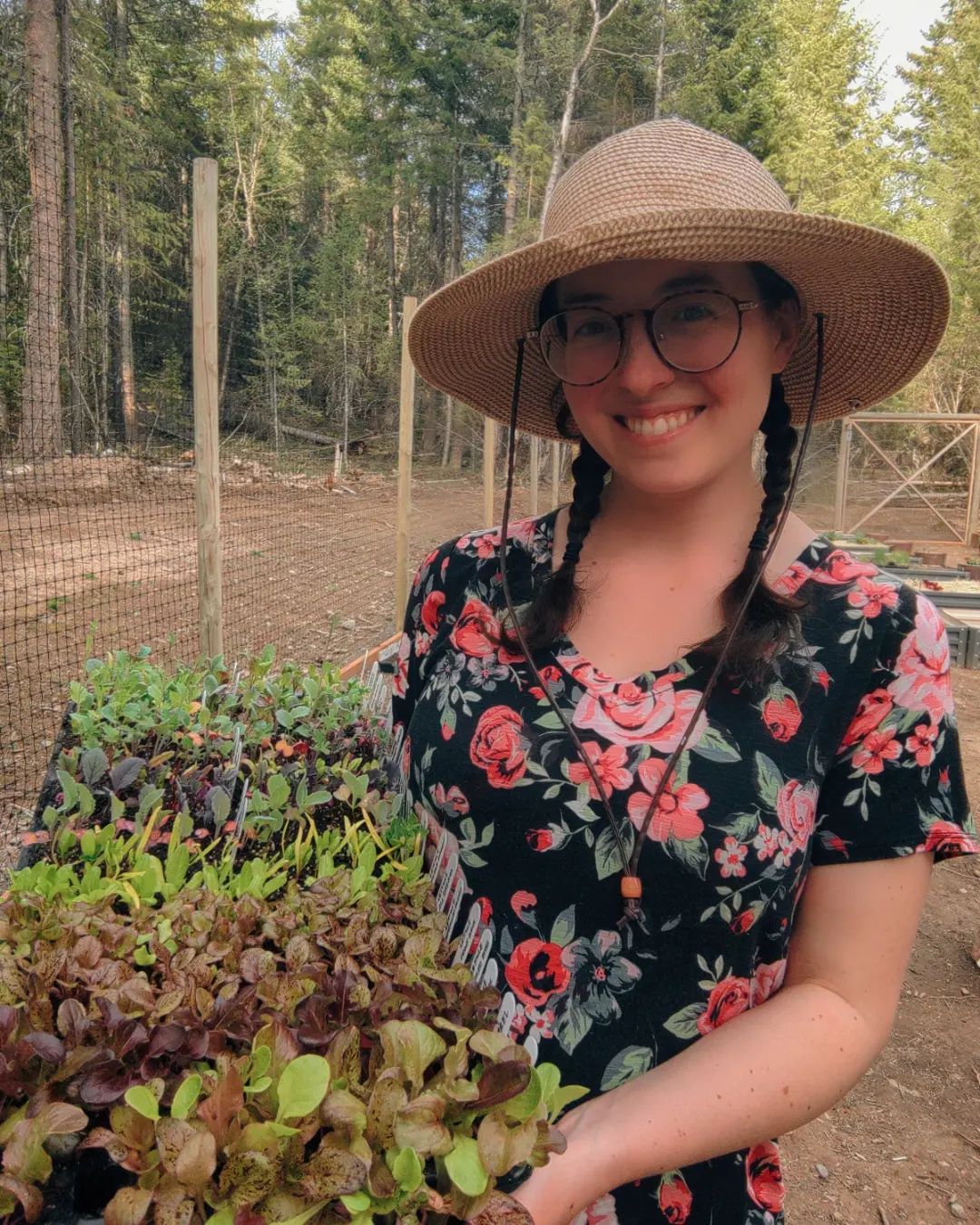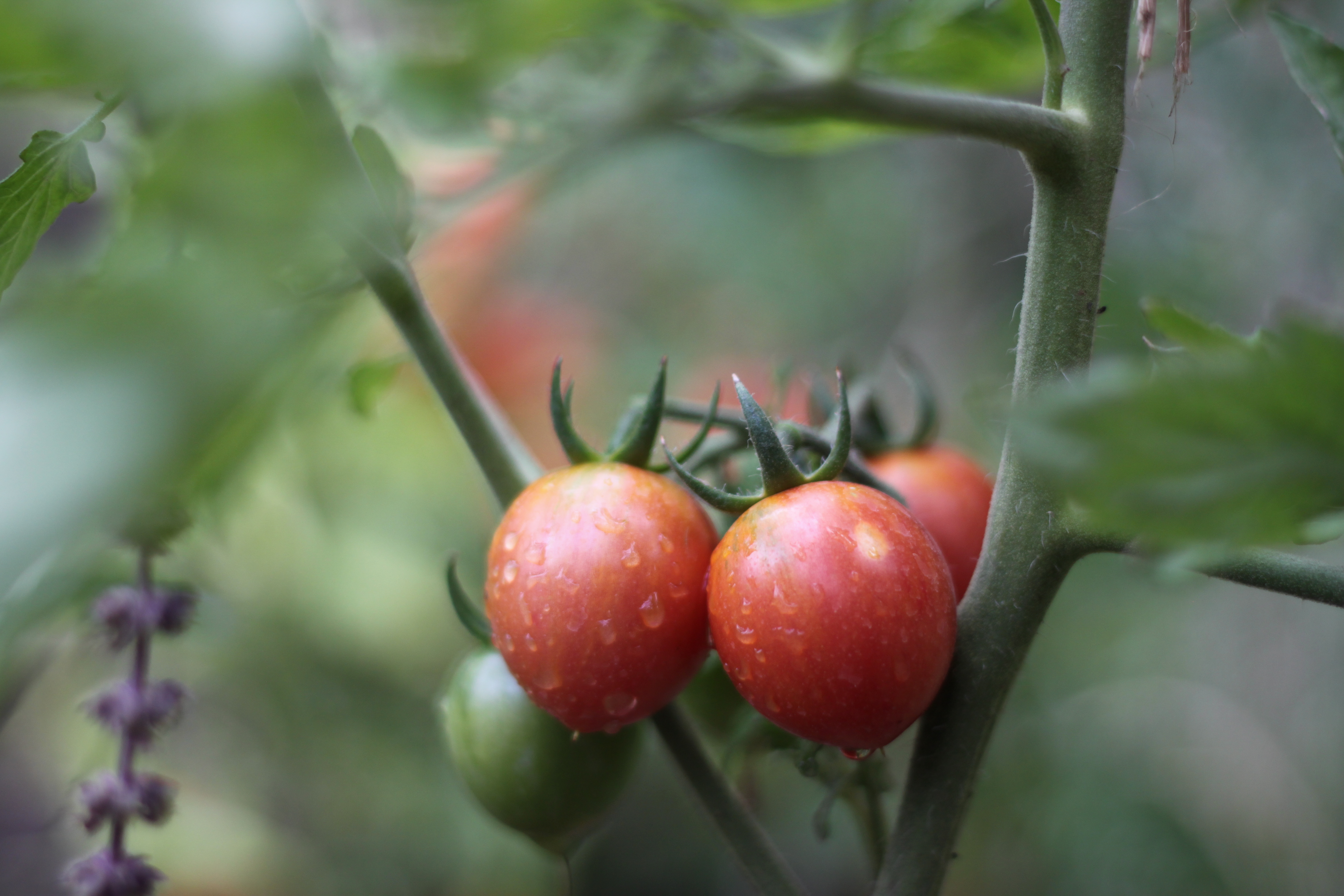a peek into the real life of a young family building a homestead from scratch
In an effort to keep our site ad-free and enjoyably readable we’ve declined to monetize our blog. Instead we would love if you could browse our store or use any of our affiliate links when making a purchase. Thank you so much for your continued support! -The Strube Family
Subscribe to get updates when we publish a new post!
“Two things revolutionized my life: moving to the countryside
and falling in love.”
-Nick Love
“Going to the mountains is like going home.”
-John Muir








